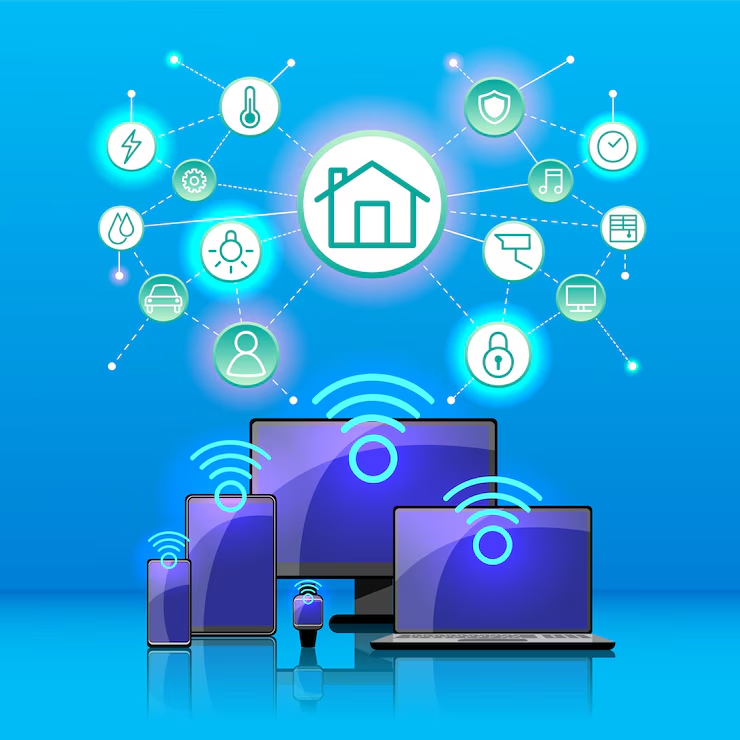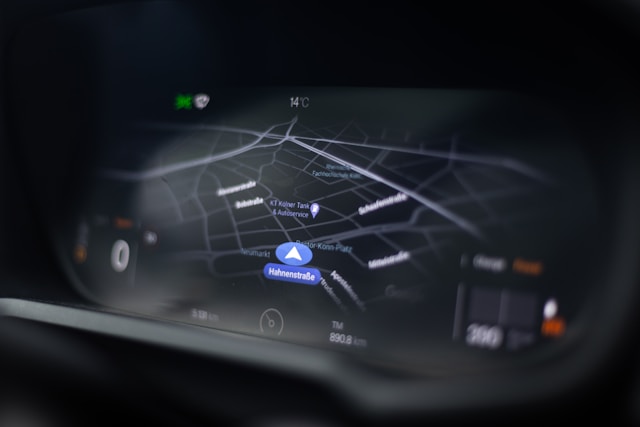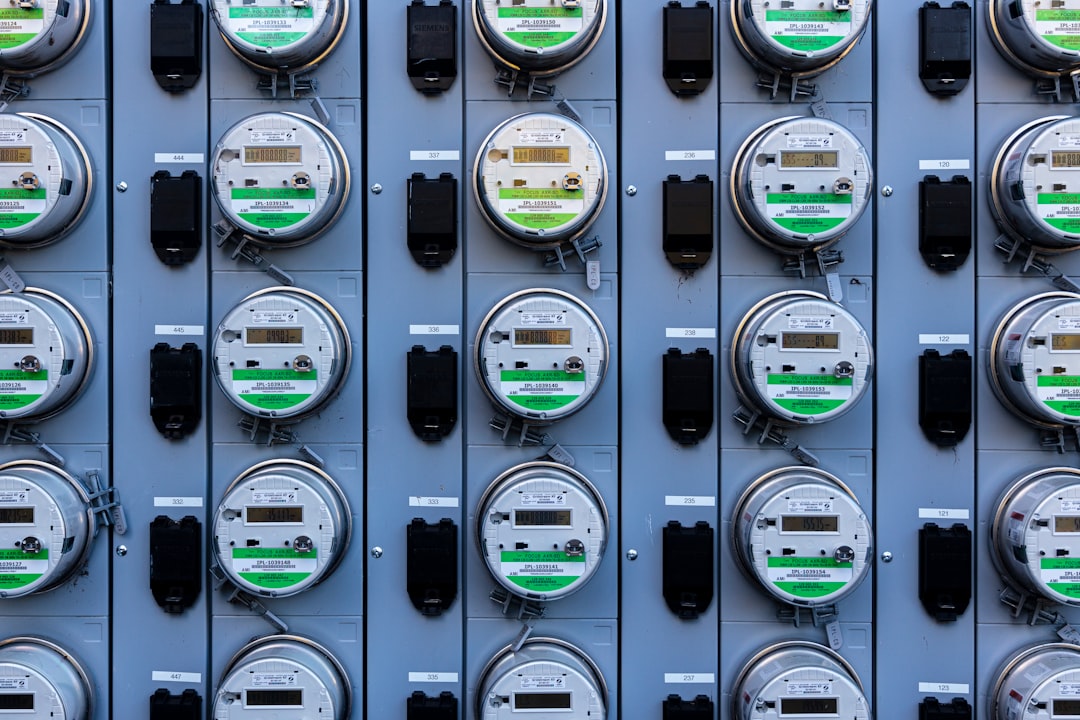How Airtel IoT Smart Energy Management Supports Decarbonisation Goals
-
May 26, 2025
-
6 min read

You know the frustration of getting shocking energy bills without knowing what caused them? Or watching sustainability reports filled with vague numbers that no one can explain? Most businesses face that. Energy data is scattered, assets run inefficiently, and carbon goals feel like moving targets. That is where Airtel IoT smart energy management changes the game.
It brings control, clarity, and accountability to how energy gets used and wasted. Whether you are aiming for efficiency or building toward long-term carbon footprint reduction, it all starts with knowing more. Let’s break down how Airtel helps make that happen.
How Airtel IoT Smart Energy Management Aids Carbon Reduction
Airtel enables carbon footprint reduction through:
Unlocking Energy Insights for ESG Compliance
Meeting ESG goals isn’t just a reporting exercise—it’s a strategic move. But to drive real change, businesses need more than scattered data and spreadsheets. They need clarity.
That’s where Airtel IoT Smart Energy Management steps in.
Imagine this:
- A retail chain tracks real-time electricity use across hundreds of locations—and identifies which stores are consistently overconsuming.
- A manufacturing facility monitors HVAC and diesel generator usage—and uncovers opportunities to switch to more efficient scheduling.
- A corporate HQ consolidates water and energy usage—and backs its ESG report with hard, verifiable data.
These aren’t hypothetical scenarios. They’re the kind of visibility Airtel’s platform provides—by integrating energy metrics across systems and locations.
With all energy data in one place, business leaders can:
- Spot inefficiencies quickly
- Cut excess energy use
- Align operational improvements with sustainability goals
The result? Measurable progress toward carbon footprint reduction, backed by credible numbers—not guesswork. Sustainability becomes less of a checkbox, and more of a competitive edge.
Replacing Outdated Manual Tracking Methods
Manual methods like paper logs and spreadsheets may have worked in the past—but they can’t keep up with today’s energy demands.
They’re slow, error-prone, and disconnected. Key trends are missed. Early warnings go unnoticed. And decisions are often based on outdated or incomplete data.
Airtel’s IoT smart energy management replaces this outdated approach with automated, digital tracking. The platform captures and compiles readings from across an organisation’s infrastructure, without manual input. This consistent and structured flow of data reduces human error and reveals usage patterns that were previously hidden.
As a result, businesses make faster, better-informed decisions that directly contribute to carbon footprint reduction and resource efficiency.
Proactive Asset Maintenance Using AI Insights
Unexpected equipment failures don’t just cause downtime—they drive up emissions and operational costs.
Often, the issue is a lack of timely insight. Teams react too late, relying on backups that waste energy.
Airtel solves this with AI-driven monitoring. It tracks asset performance in real time and detects early signs of wear.
- Maintenance becomes predictive, not reactive
- Downtime drops
- Energy use becomes more efficient
This shift from reactive to proactive maintenance lowers operational costs, and supports carbon footprint reduction.
Financial and Environmental Benefits from KPI Monitoring
Unmonitored energy use drains both financial and environmental resources. Airtel addresses this by offering multi-point KPI tracking across all critical assets.
Here is how this helps:
- Optimised Operations: By tracking asset-level KPIs, companies can address inefficiencies before they escalate.
- Cost Savings: Fewer leakages and equipment malfunctions mean reduced OpEx (Operational Expenditures) and CapEx (Capital Expenditures).
- Informed Investment Decisions: Detailed metrics guide future investments in energy systems.
- Carbon Footprint Reduction: Lower energy wastage leads to fewer emissions.
By making energy use visible and traceable, the platform transforms it into a lever for both financial discipline and environmental responsibility.
Smarter Infrastructure Through IoT Connectivity
Modern energy management depends on interconnected systems. Airtel’s solution uses IoT connectivity to tie multiple energy assets into a single digital infrastructure. This interconnected framework enables companies to monitor, manage, and control devices from a unified interface.
With IoT-powered energy systems, you can implement policy-based controls, prioritise energy allocation during peak hours, and isolate inefficiencies faster. These capabilities offer operational agility while directly contributing to carbon footprint reduction. The platform helps turn infrastructure into a responsive system aligned with sustainability goals.
Custom Dashboards That Empower Decision-Making
Raw data can overwhelm. Airtel’s custom dashboards transform complex metrics into clear, strategic insights.
Instead of digging through spreadsheets, teams get a real-time view of:
- Carbon savings and monthly trends
- Energy use by location or asset
- Emission anomalies and asset health
- Auto-generated, compliance-ready reports
A retail chain, for instance, used these dashboards to spot inefficiencies across regions and set targeted energy goals.
This visibility empowers leaders to act quickly, track progress, and align energy strategy with business objectives—turning sustainability into a measurable, actionable part of daily operations.
Enabling Organisational Change from the Ground Up
Technology enables change—but lasting impact comes from people. Airtel’s insights help different teams engage meaningfully:
- Facility teams act on real-time energy data
- Finance teams link consumption directly to cost
- Strategy teams align ESG goals with business plans
This cross-functional alignment leads to a culture where energy efficiency becomes everyone’s concern. The visibility that Airtel provides fuels conversations, encourages accountability, and makes energy management a shared responsibility.
With shared visibility, carbon footprint reduction becomes not just a goal—but part of daily behaviour at every level.
Turning ESG Reporting into an Operational Advantage
With SEBI’s BRSR requirements, companies must report detailed ESG data—yet many lack the systems to do it effectively.
Airtel’s platform simplifies this by:
- Collecting real-time energy and emissions data
- Structuring it for audits, internal reviews, and compliance
- Offering dashboards that track progress over time
Rather than being just a reporting obligation, ESG metrics become operational levers that businesses can use to improve their environmental performance year over year. By linking accurate data to emissions outcomes, companies can better demonstrate real progress on carbon footprint reduction.
Reducing Downtime During Peak Load Periods
Peak periods test the resilience of energy-intensive operations. Unexpected equipment failures at these times can halt production and trigger costly, high-emission backups.
Airtel helps avoid this with AI-powered asset health monitoring. It continuously scans for signs of stress or overload, alerting teams before failure strikes.
One industrial plant used the platform to detect early wear in a cooling system—resolving the issue days before a peak-demand spike.
The outcome:
- Fewer disruptions
- Longer equipment life
- Lower energy waste
This proactive approach reduces costs and emissions while supporting long-term decarbonisation goals—ensuring stability when performance matters most.
To Sum Up
Cutting emissions is not just about meeting compliance or ticking ESG boxes, it is about future-proofing the business. Airtel IoT smart energy management gives organisations the tools to move beyond fragmented systems and guesswork.
By consolidating energy data, tracking asset performance, and providing actionable insights, it supports meaningful carbon footprint reduction without disrupting daily operations. From cost savings to cultural shifts around sustainability, the platform offers value on many fronts.
Whether you’re a large enterprise navigating ESG requirements or simply looking to optimise energy use, the path starts with visibility and control. With Airtel, businesses gain both—along with the confidence to lead on sustainability.
Ready to make your energy strategy smarter? Connect with our experts today to explore how Airtel can support your decarbonisation goals.
 Share
Share









